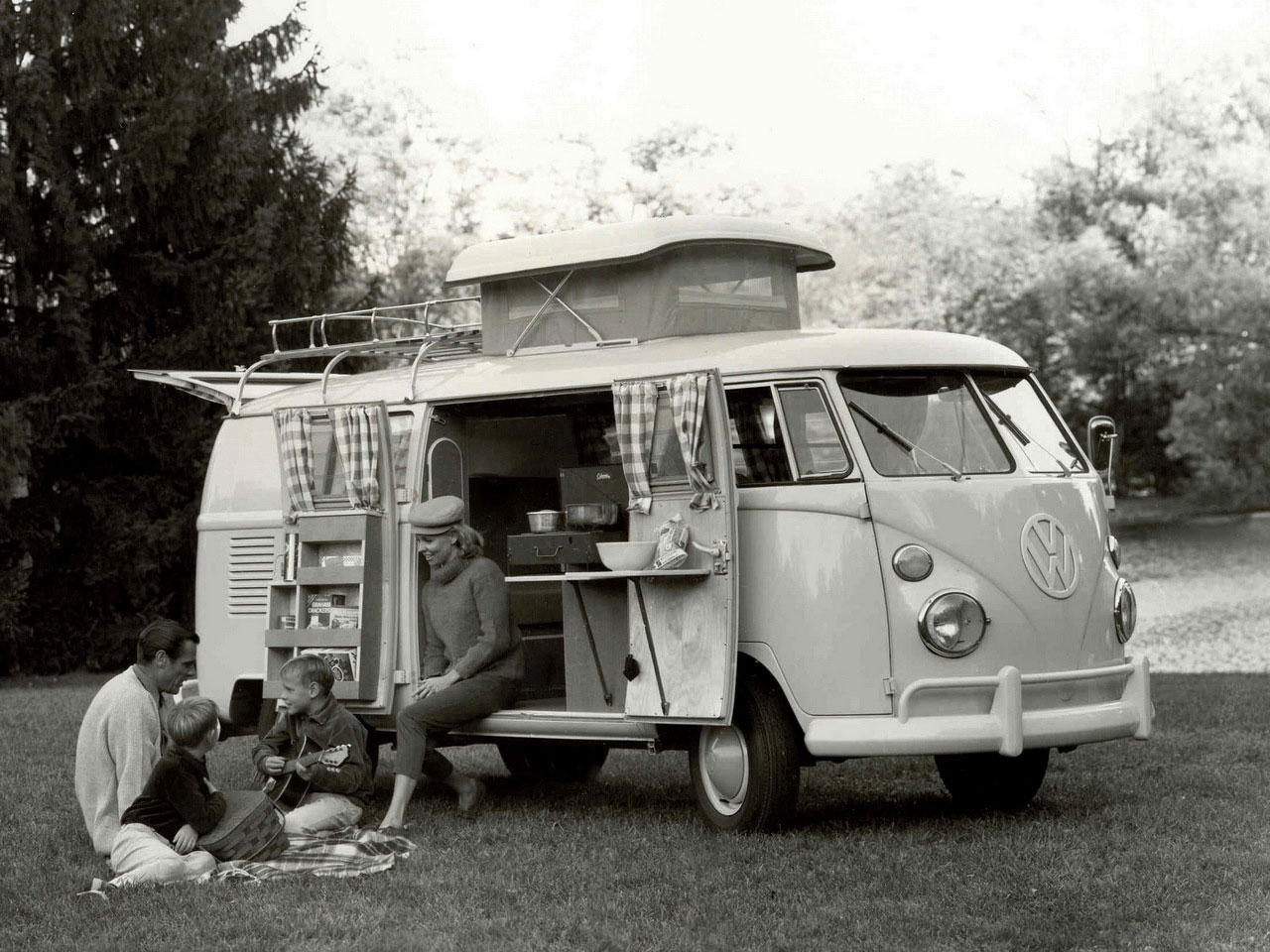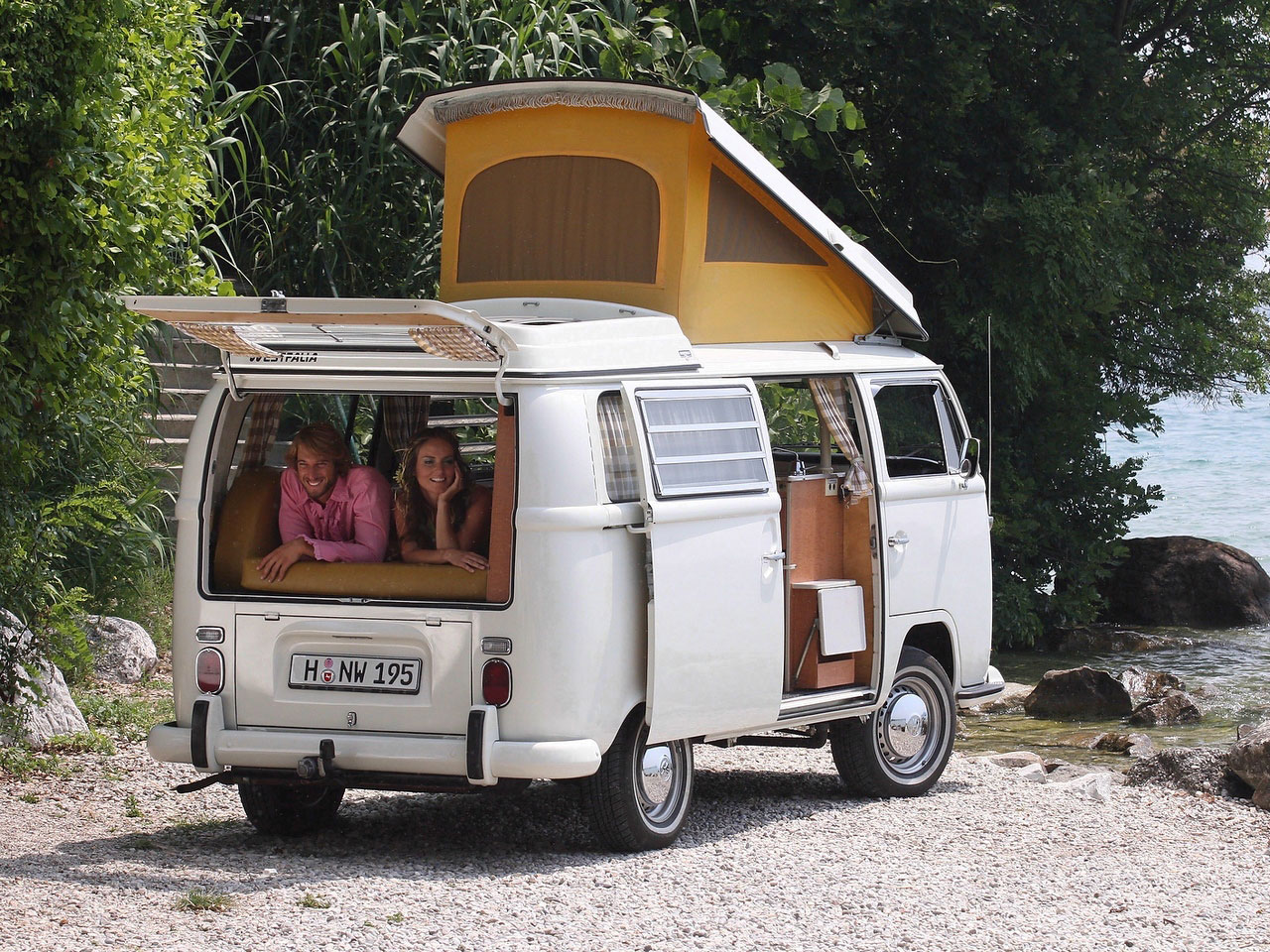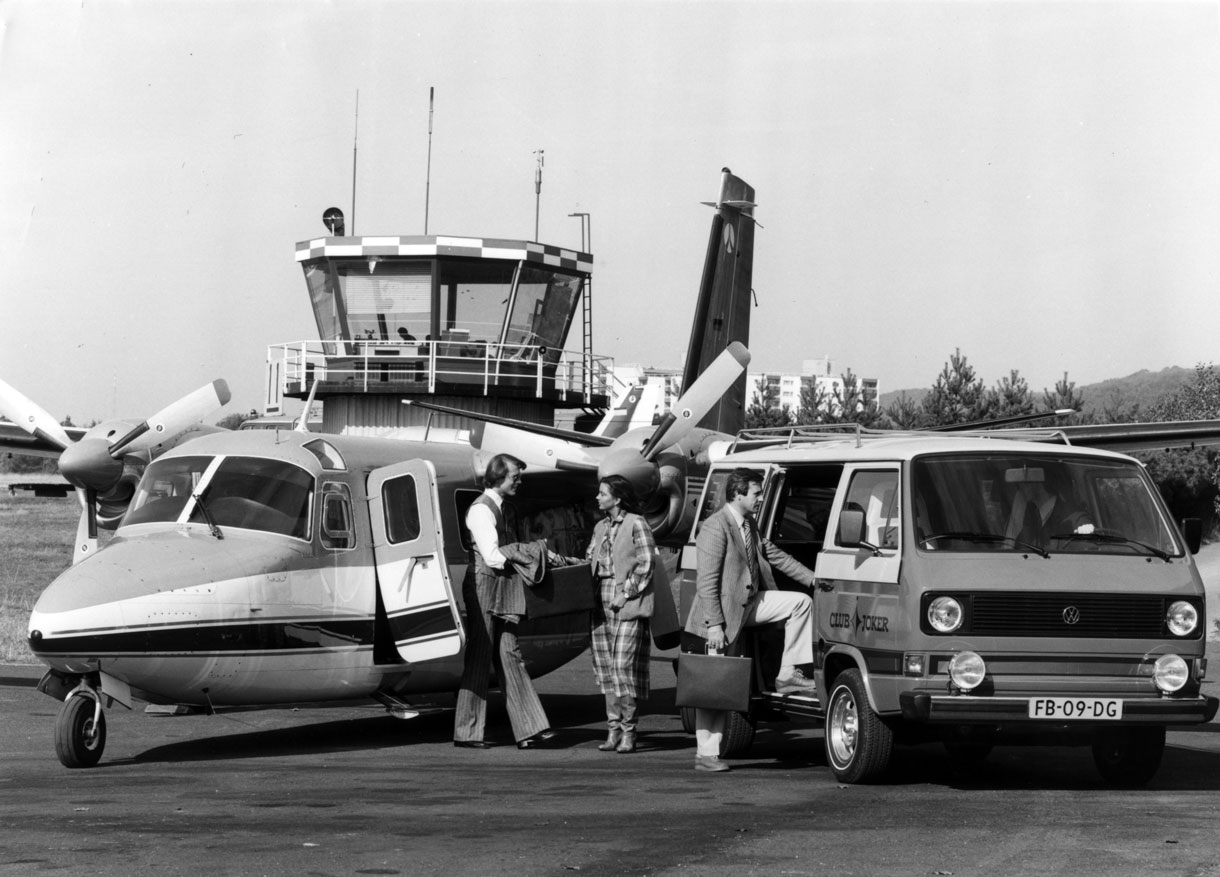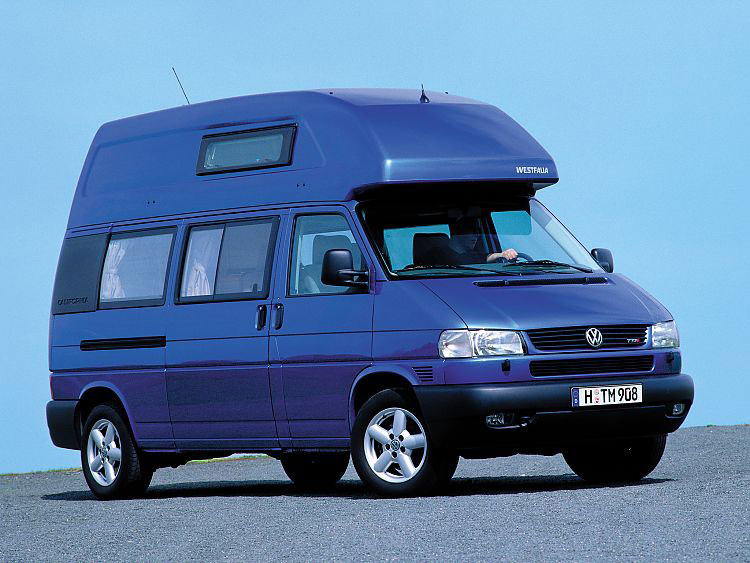Westfalia: 180 years of leisure vehicle history
Westfalia, a Franco-German story
Westfalia is a pioneer in the manufacture of vans, and has been part of the French Rapido group since 2010. The brand produces its leisure vehicles at two sites: one in Gotha, Germany, and the other in Sud Vendée, France.
At these two production facilities, Westfalia pays particular attention to the meticulous selection of the materials used and the excellent quality of the vehicle finish. All surfaces feature modern, high-quality coatings and are extremely hard-wearing and durable. The interior of Westfalia vans is characterised by meticulous craftsmanship and attention to detail.
Founded in 1844 in Germany, Westfalia owes its name to the region where it was born: Westphalia, in north-east Germany. In this fiefdom of the steel industry, Westfalia began creating agricultural machinery before choosing a completely different destiny.
Westfalia, the leading name in leisure vehicles, has become a legendary and timeless brand. In 1951, its history was marked by the first vehicle conversion based on a Volkswagen chassis to include a sleeping, living, and working area. A real revolution at the time.
Following on from the legendary Volkswagen Combi, several other generations of leisure vehicles have emerged, competing with increasing ingenuity to push the boundaries of comfort ever further.
The Westfalia myth continues to this day
The ultimate object of desire and a rolling symbol of our history, the Volkswagen Combi was the 1st vehicle to be fitted out by Westfalia in 1951. Can you remember… a sofa bed, a fold-down table, a bench seat, fabrics with a grid pattern… A veritable hotel on wheels, thanks to its comprehensive, high-quality layout. It was an immediate success, and even spread beyond Europe to conquer the American market.
These vintage models based on the T1, T2, T3, or T4 are now among the most sought-after second-hand cars in the world, with a value that even exceeds the sale price at the time! Today, the saga continues, with life on board getting better and better, but still based on the same fundamentals: freedom and independence.
Today, the adventure continues with the very latest Westfalia models: the new Ford-based Kelsey, an innovative, completely redesigned 2nd generation model, and the Ford-based Club Joker Urban, the ingenious van with a passenger car aesthetic. The Kelsey and Club Joker Urban are iconic, robust vehicles that embody the brand’s spirit of freedom, independence, and discovery.
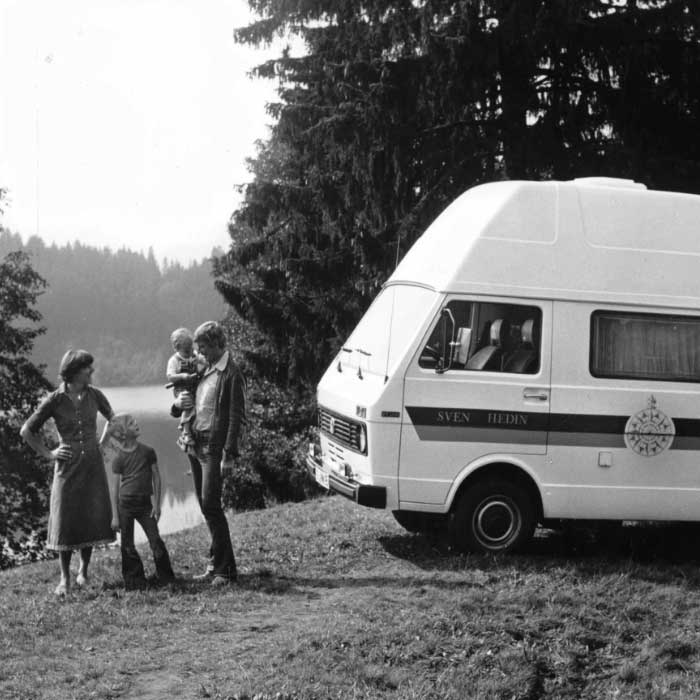
Legendary vans and motorhomes
Symbolising freedom and the discovery of uncharted territory, the Westfalia brand is inextricably linked with a new way of life. From the 1950s onwards, everyone wanted to enjoy their leisure time and travel wherever they wanted. The brand managed to respond to this desire by offering the very first leisure vehicle. Since then, and following its takeover by a French group in 2011, its success has continued unabated.
The Westfalia combi-van models have succeeded in meeting new requirements. The fan community has continued to grow, and some of the most prestigious models are still in circulation, sometimes costing more than a new model.

